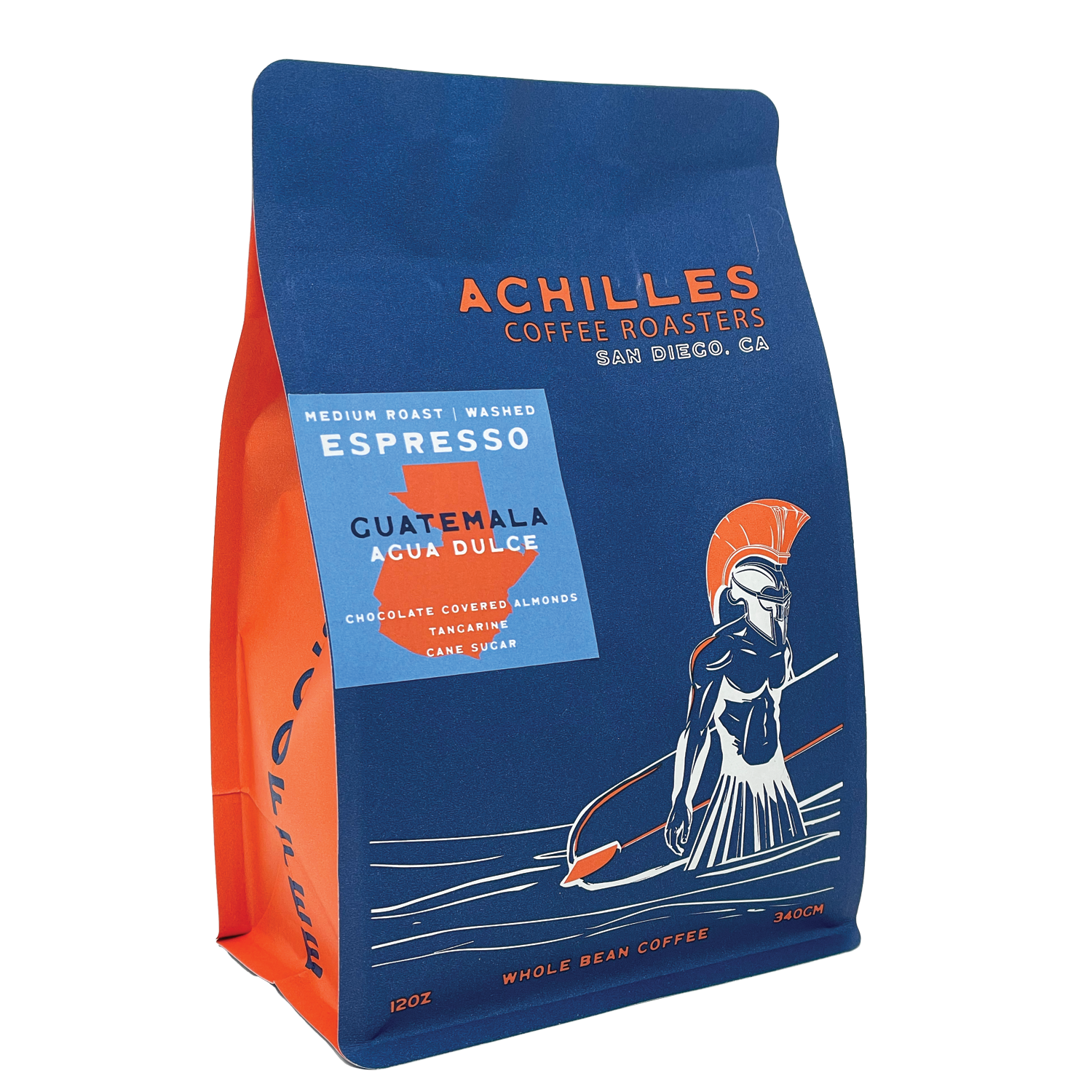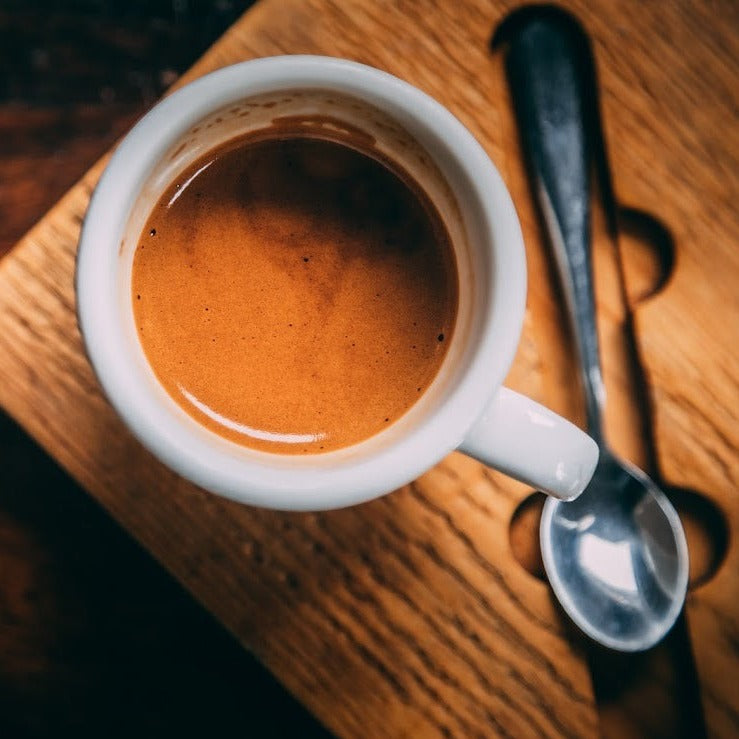Brewing Tips to Get the Best Out of SOE Single Origin Espresso
Wiki Article
Understanding Coffee Beans: the Trip From Coffee to Blended Coffee Beans

The Origins of Coffee: An International Perspective
While you may think of coffee as a contemporary staple, its beginnings map back centuries, intertwining with societies across the globe. The tale begins in Ethiopia, where legend states a goat herdsman called Kaldi discovered the invigorating effects of coffee beans after seeing his goats frolicking vigorously after eating them.As trade routes increased, coffee made its way to Europe in the 17th century, promptly acquiring appeal. Each society added its unique twist to coffee prep work, improving its history.
Farming and Harvesting of Espresso Beans
As coffee's journey progressed, the focus moved to the growing and harvesting of particular bean varieties, specifically those used for coffee. You'll discover that coffee beans often originate from Arabica or Robusta plants, each offering distinct flavors. The ideal growing problems include high altitudes and rich, well-drained dirt, which boost the beans' quality.Throughout the harvest, choosing methods differ. Timing is crucial; you want to collect when the cherries get to peak ripeness for optimum flavor.
As soon as gathered, the beans are gotten ready for processing, which is important in establishing their last taste. Understanding the farming and collecting procedures offers you insight right into what goes right into your favorite coffee, improving your gratitude for each cup.
Handling Techniques: From Cherry to Bean
Currently that you've learnt more about gathering espresso beans, let's discover exactly how those cherries transform into the coffee beans you enjoy. You'll see just how different harvesting strategies impact taste, complied with by the important steps of fermentation and drying out. Lastly, we'll break down the milling and grading procedure that identifies your coffee's high quality.Harvesting Methods Discussed
When it comes to coffee, comprehending harvesting strategies is vital, since they straight influence the flavor and high quality of the beans you appreciate. Discerning selecting entails hand-picking just ripe cherries, guaranteeing you obtain the finest quality beans. Eventually, the selection of collecting strategy can greatly influence your coffee experience, so it's worth understanding exactly how those beans made it to your cup.Fermentation and Drying Out
After collecting, the following actions in processing coffee beans play a considerable function fit their taste. You'll locate that fermentation is essential, as it assists break down the mucilage bordering the beans, enhancing their taste profile. Depending on the technique, this process can last from a few hours to several days, with differing results based upon temperature level and humidity.When fermentation is total, drying complies with, which is similarly vital. You can select from mechanical or sun-drying drying out techniques. Sun-drying enables the beans to soak up flavors from the atmosphere, while mechanical drying out warranties regular wetness levels no matter weather condition. Correct drying out is crucial to protect against mold and mildew and preserve the beans' top quality, inevitably affecting your cup of coffee.
Milling and Grading Refine
As fermentation and drying set the phase for flavor growth, the milling and grading process warranties that only the best coffee beans make it to your mug. This phase includes eliminating the external layers of the coffee cherry, consisting of the parchment and husk. High-quality beans get a higher grade, resulting in a richer coffee experience.Toasting Techniques: Opening Flavor Prospective
When you roast coffee beans, the method you select can substantially influence the taste profile. Understanding the relationship in between time, temperature level, and roasting methods is essential to exposing the possibility of your brew. Let's discover exactly how these aspects come with each other to produce the excellent mug.Roasting Methods Described
While you may assume that all coffee toasting techniques produce the exact same results, the fact is that each technique discloses special taste potentials in the beans. You can choose in between methods like drum toasting, air roasting, or perhaps conventional frying pan roasting. Drum roasting makes use of a revolving drum to uniformly disperse warm, boosting caramelization and generating a balanced flavor. Air roasting, on the various other hand, circulates hot air around the beans, advertising a lighter roast with obvious level of acidity. Frying pan roasting enables hands-on control however calls for continuous interest to avoid burning. Each approach has its subtleties, so explore various methods can assist you uncover the ideal roast that straightens with your preference choices. Delight in the trip of locating your optimal mug!
Influence On Flavor Account
Different toasting methods not only affect the process yet additionally substantially impact the taste profile of the coffee beans. When you pick a light roast, you'll experience bright level of acidity and floral notes, showcasing the bean's beginning. In contrast, a tool roast balances acidity with sweetness, often disclosing chocolatey undertones. Dark additional info roasts, on the other hand, bring out bold, smoky tastes, sometimes concealing the bean's unique attributes. Each technique discloses different oils and substances, causing a variety of flavors. By try out different toasting styles, you can find which profiles resonate with your palate. Understanding these subtleties aids you appreciate the artistry behind your mug of coffee, boosting your total experience with every sip.Time and Temperature Level Factors
To release the complete taste possibility of coffee beans, both time and temperature level throughout the roasting procedure play significant roles. When roasting, you'll locate that higher temperatures can promptly develop flavors, however if you rush it, you might wind up with scorched notes. On the other hand, lower temperature levels enable for an extra progressive flavor advancement, showcasing the beans' special qualities.
Timing is simply as vital; expanding the roast also long can cause a loss of level of acidity and brightness, while as well brief a roast may leave the beans underdeveloped. Locating that pleasant spot calls for method and testing. By adjusting these factors, you can disclose the rich, complex flavors hidden within each bean, creating a genuinely impressive coffee experience.
The Art of Blending: Crafting Special Coffee Accounts

Start by picking a base coffee that provides a solid structure. A bright Ethiopian bean can bring fruitiness, while a rich Brazilian coffee adds body.
As you mix, bear in mind that each mix informs a tale. You're not just making coffee; you're developing an experience. So, take your time, taste often, and appreciate the journey of finding your trademark blend.
Developing Techniques: Just How Prep Work Influences Flavor
Mixing coffee opens up a domain name of taste possibilities, but just how you make that mix can substantially influence your last cup. On the various other hand, a pour-over highlights the coffee's quality and illumination, best for showcasing delicate notes.Espresso, with its high pressure, produces a focused shot that emphasizes sweet taste and crema. If you like a lighter brew, think about a chilly mixture technique; it produces a smooth, less acidic taste.
Inevitably, go to my blog testing is vital. Adjusting variables like water temperature level, grind size, and make time can change your coffee's account. So, accept the art of brewing to find the tastes concealed in your coffee blends. The right approach can elevate your experience to new elevations.
The Future of Coffee: Sustainability and Advancement
As the coffee market progresses, sustainability and innovation are becoming crucial for dealing with ecological difficulties and meeting consumer needs. You'll discover that more coffee business are taking on green techniques, from sourcing beans fairly to carrying out sustainable farming methods. These changes not just help the earth but also improve the top quality of the coffee you delight in.You may see innovations like eco-friendly product packaging and water-saving developing approaches that decrease waste. Advanced innovation, such as blockchain, is likewise ending up being prominent, making certain transparency in the supply chain, which permits you to trace your coffee back to its beginnings.
Furthermore, investing in neighborhood neighborhoods and sustaining farmers with reasonable trade campaigns promotes an extra sustainable coffee community. As you drink your next cup, keep in mind that your selections can add to a brighter future for coffee. By going with lasting brands, you're not just appreciating a drink; you're making a positive effect on the world.
Frequently Asked Concerns
What Is the Distinction Between Arabica and Robusta Beans?
Arabica beans are smoother, sweeter, and have a greater acidity, while robusta beans are more powerful, much more bitter, and have more high levels of caffeine. When brewing your coffee., you'll discover these differences in taste and aroma.Just How Does Altitude Affect Coffee Bean Taste?
Altitude influences coffee bean flavor considerably. Greater altitudes generate beans with brighter level of acidity and complicated tastes, while lower altitudes often yield beans that are much heavier and less nuanced. You'll discover these distinctions in your mug!What Are the Health Perks of Drinking Coffee?
Consuming alcohol coffee can improve your energy, improve mental focus, and also enhance physical performance. It's abundant in anti-oxidants, might decrease the danger of specific illness, and can promote a healthier metabolism when eaten in moderation.Can Coffee Beans Be Reused for Developing?
Yes, you can reuse coffee beans for brewing, however the flavor could be weaker. If you appreciate trying out, try recycling them in various ways, like chilly mixtures or adding to smoothies for an added kick.Exactly how Should I Store Coffee Beans for Quality?
To maintain your coffee beans fresh, save them in a closed container in an amazing, dark place. Prevent subjecting them to heat, light, or moisture, as these elements can promptly degrade their taste and fragrance.Comprehending Coffee Beans: the Journey From Espresso to Blended Coffee Beans.
Now that you have actually discovered about harvesting coffee beans, let's explore how those cherries transform right into the coffee beans you enjoy.When you roast coffee beans, the method you select can drastically impact the taste account - Single Origin Espresso.While you may believe that all coffee toasting techniques produce the same outcomes, the fact is that each technique reveals unique flavor possibilities in the beans.Different roasting methods not just affect the process however find additionally significantly affect the flavor profile of the coffee beans
Report this wiki page